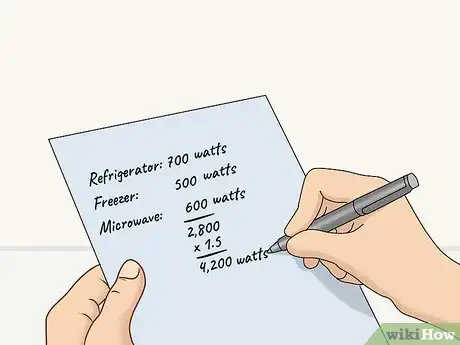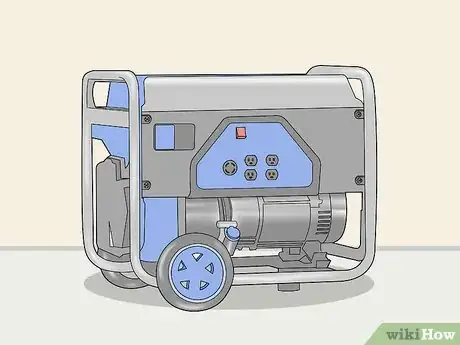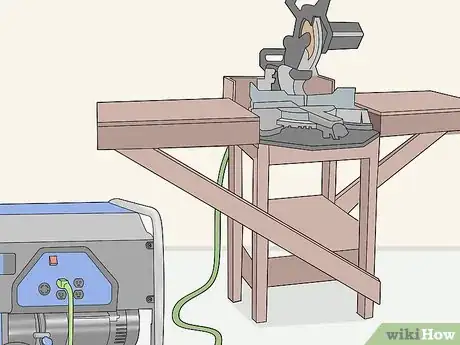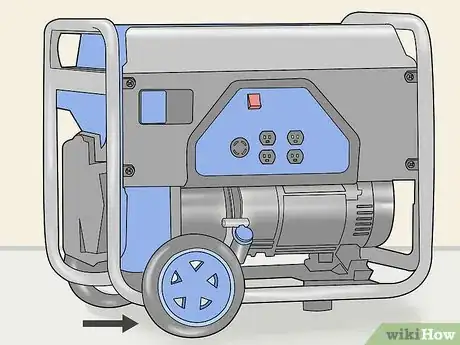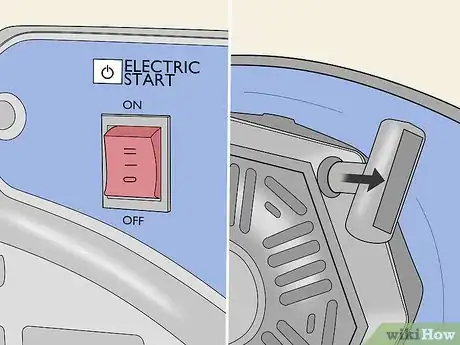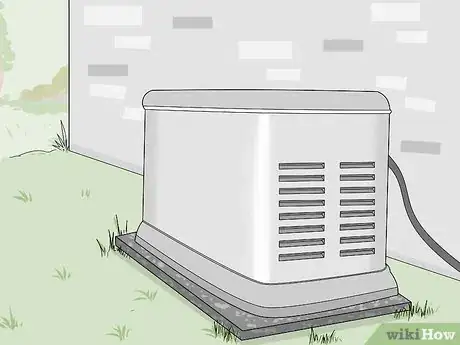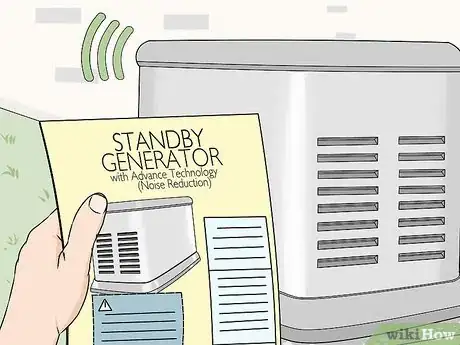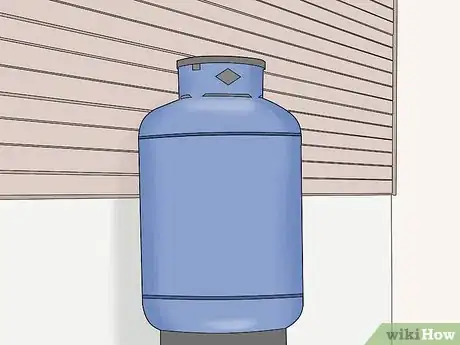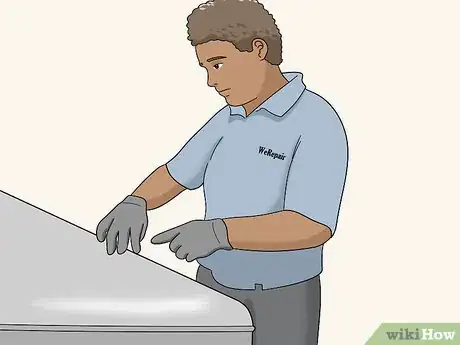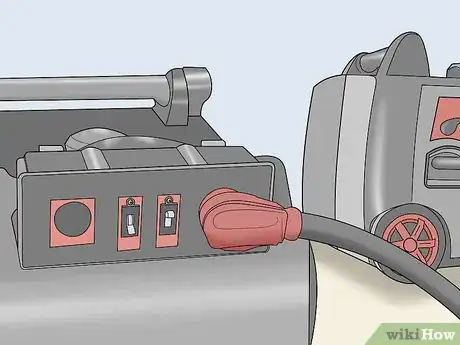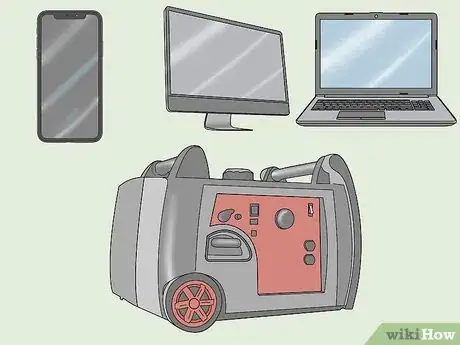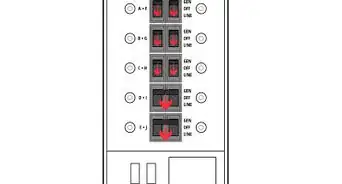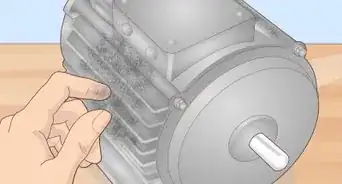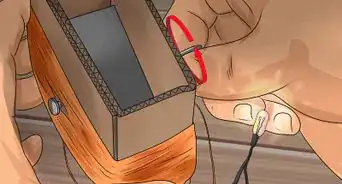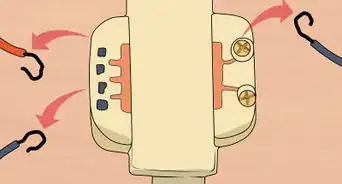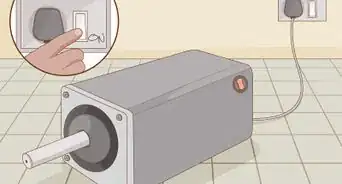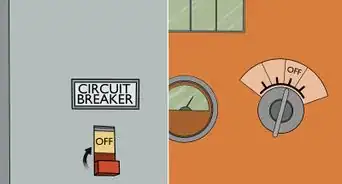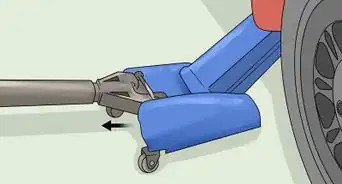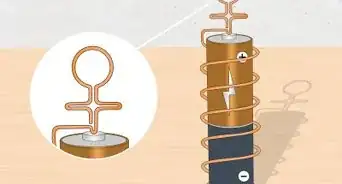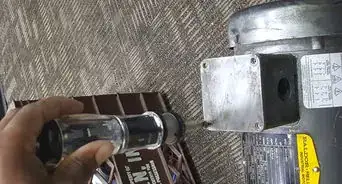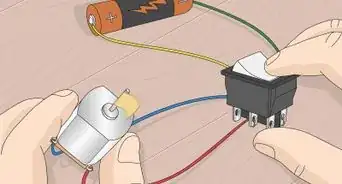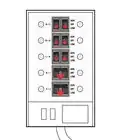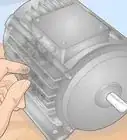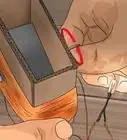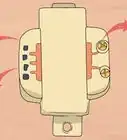This article was co-authored by Daniel Stoescu. Daniel Stoescu is a Master Electrician and the Owner and Operator of Home Tech Solutions, LLC in Hampton, Virginia. With over a decade of experience, Daniel specializes in wiring residential, commercial, and light industrial structures. The Home Tech Solutions team has over four decades of combined experience and offers comprehensive solutions for residential electrical needs.
There are 7 references cited in this article, which can be found at the bottom of the page.
wikiHow marks an article as reader-approved once it receives enough positive feedback. In this case, 100% of readers who voted found the article helpful, earning it our reader-approved status.
This article has been viewed 29,411 times.
If you live in a place where the power goes out frequently, it’s always a smart idea to have a generator handy as a backup power source. There are 3 main types of generators: portable, standby, and inverter. Each has its own benefits and drawbacks, so figure out which type of generator fits your needs to make the best decision possible!
Steps
Buying a Portable Generator
-
1Add up the wattage of your appliances to get the right-sized generator. Walk around your home and make a list of everything you want to power during an outage.[1] Each appliance will have a label that gives you the wattage of the machine. List items such as your fridge, microwave, oven, and air conditioner. Once you have your list, add the wattages together and multiply that number by 1.5 to account for the extra power your appliances need to start up.[2]
- Some labels are on the door of the appliance, while others are on the back. If the label is on the back of the machine, you’ll have to remove it from the wall.
- Get a generator in the 4000-6000W range if you'd like to keep your refrigerator and a few lights up and running during an outage.[3]
- If you'd like to power major appliances, like your AC or water heater, get a generator with at least 10,000W.[4]
Wattage requirements for household items:
Refrigerator: 700 – 1,200 watts
Freezer: 500 – 1,000 watts
Microwave: 600 – 1,200 wattsIf you want to run these 3 appliances during an outage and their wattage adds up to 2,800, multiply that number by 1.5 to get 4,200. This means you’ll need a generator with at least 4,200 watts to properly power these items.
-
2Buy a portable, dual-fueled generator as a backup power source. Portable generators make for good backup power sources in a pinch. Dual-fueled generators run on both gas and propane, making them versatile machines. Keep in mind that propane is less expensive than gas and easier to store, so avoid buying a generator that only runs on gas.[5]
- These models need a fuel stabilizer if you want to store them with gas in the tank for a longer than a week.
Tip: Since portable generators are also used on job sites, they tend to use a lot of power. Make sure to buy a machine that has more than 6,000 watts of power.
Advertisement -
3Go for a portable generator if you’re renovating parts of your home. Portable generators can power construction tools and keep work sites running smoothly. If you are doing renovations around the house, you’ll want a generator that can run multiple machines at once.[6]
- Work around the house could include building an extension to your home.
-
4Get a portable generator with wheels to transport it easier. If you have back issues or just struggle to lift heavy objects, buy a portable generator with wheels to make it easier to move the machine around. A good-sized portable generator should be between 45–50 pounds (20–23 kg), but this is still fairly heavy.[7]
- Even though these generators are lighter and smaller than other kinds of generators, they will still cost a few thousand dollars. Fortunately, you won’t need to pay anyone to come in and install it.
-
5Purchase a generator with electric and pull start mechanisms. Make sure to buy a generator that you can turn on with the push of a button. That said, sometimes the generator battery dies unexpectedly, so you’ll need a machine with a pull start option. Turning on a generator this way is the same as powering up a lawnmower.[8]
- To pull start your generator, yank the cord in an upward motion 2-3 times, or until you hearing the engine turn on.
Getting a Standby Generator
-
1Get a standby generator if your power goes out frequently. Home standby generators restore power to the whole house right after a power outage. These generators are convenient because they turn on automatically once the power goes out and switch off on their own once the power is restored. Standby generators are not portable, so only buy this kind if your main concern is power outages.[9]
- Generators in general are not cheap, but standby generators are very pricey. Expect to pay at least a few thousand dollars for the machine and professional installation.
-
2Pick up a generator with advanced technology to reduce noise levels. Standby generators can be very loud when they’re running, which can disrupt your sleep patterns. If you want to get a standby generator, look into a model that has advanced technology. These units run at reduced noise levels and even monitor themselves with self-diagnostic tests every week.[10]
- Standby generators with advanced technology are among the most expensive generators available. If you have the budget to spend around $15,000 for a generator, consider this option.
-
3Use liquefied petroleum gas to run your generator. LPG is cleaner and safer than petrol or diesel fuel, but these generators are more expensive. Still, petrol isn’t a good fuel source for people who live in cold-weather places and diesel is noisy and only effective when run at heavy loads.[11]
- Consider buying an LPG conversion kit to give your generator more flexibility. The kit allows your generator to run on either petrol or LPG, meaning you can save on fuel costs during the warm weather months by using petrol.
-
4Bring in a trained professional to install the generator. The professional will permanently install the generator outside your house. This person will connect the generator to your home’s breaker box, which distributes electrical power throughout the house.[12]
- The professional will set up the machine so that it automatically turns on when a power outage occurs.
- Installation fees are separate from the cost of the generator itself. You’ll have to pay another $1,000 or so to have the generator professionally installed.
Warning: Do not attempt to install the generator yourself. If the cost of a standby generator is too pricey, consider purchasing a smaller generator instead.
Purchasing an Inverter Generator
-
1Purchase an inverter generator for outdoor activities. If you and your family love to tailgate, go RVing, or spend time camping, an inverter generator is a great buy. These lightweight machines run much quieter than a duel-fueled generator, so they won’t be a nuisance during your vacation. Inverter generators run on both propane and gas.[13]
- You can get an inverter generator for as little as $300. However, the more you spend on a generator, the more wattage it will have and the longer it will last.
-
2Get a parallel connector to use 2 inverter generators at once. A parallel connection feature lets you combine 2 inverters to increase the amount of power you’re using. Best of all, since you’re combining 2 inverter generators, the noise level will not increase because both machines are run quietly.[14]
- A parallel connection costs around $80 at your local home improvement store.
-
3Utilize an inverter generator to power small electronic devices. Inverter generators are a consistent and reliable power source. They don’t have the power surges or lags of a bigger generator. Devices like smartphones, computers, and lamps are sensitive to electricity and can be damaged by power surges and lags.
- Even though you can use an inverter generator to charge phones, do not operate it in an enclosed space or store in your home. These machines emit carbon monoxide and must run outside for safety reasons.
Did you know? What inverter generators provide is called true sine wave, which means they’ll protect things like laptops from dangerous power surges.
Expert Q&A
-
QuestionCan a homeowner install a generator transfer switch?
 Daniel StoescuDaniel Stoescu is a Master Electrician and the Owner and Operator of Home Tech Solutions, LLC in Hampton, Virginia. With over a decade of experience, Daniel specializes in wiring residential, commercial, and light industrial structures. The Home Tech Solutions team has over four decades of combined experience and offers comprehensive solutions for residential electrical needs.
Daniel StoescuDaniel Stoescu is a Master Electrician and the Owner and Operator of Home Tech Solutions, LLC in Hampton, Virginia. With over a decade of experience, Daniel specializes in wiring residential, commercial, and light industrial structures. The Home Tech Solutions team has over four decades of combined experience and offers comprehensive solutions for residential electrical needs.
Master Electrician I do not personally recommend installing a generator transfer switch on your own, unless you are a properly trained professional.
I do not personally recommend installing a generator transfer switch on your own, unless you are a properly trained professional.
References
- ↑ Daniel Stoescu. Master Electrician. Expert Interview. 16 August 2021.
- ↑ https://www.familyhandyman.com/smart-homeowner/choosing-the-best-power-generator/
- ↑ Daniel Stoescu. Master Electrician. Expert Interview. 16 August 2021.
- ↑ Daniel Stoescu. Master Electrician. Expert Interview. 16 August 2021.
- ↑ https://www.youtube.com/watch?v=ByG2-s9WEqk#T=32s
- ↑ https://www.familyhandyman.com/smart-homeowner/choosing-the-best-power-generator/
- ↑ https://www.doitbest.com/pages/generator-buying-guide
- ↑ https://www.familyhandyman.com/smart-homeowner/choosing-the-best-power-generator/
- ↑ https://www.doitbest.com/pages/generator-buying-guide
- ↑ https://www.homedepot.com/c/ab/best-generators-for-your-home/9ba683603be9fa5395fab9054dc2520
- ↑ https://www.youtube.com/watch?v=ByG2-s9WEqk#t=1m
- ↑ https://www.familyhandyman.com/smart-homeowner/choosing-the-best-power-generator/
- ↑ https://www.doitbest.com/pages/generator-buying-guide
- ↑ https://www.youtube.com/watch?v=ByG2-s9WEqk#t=45s
